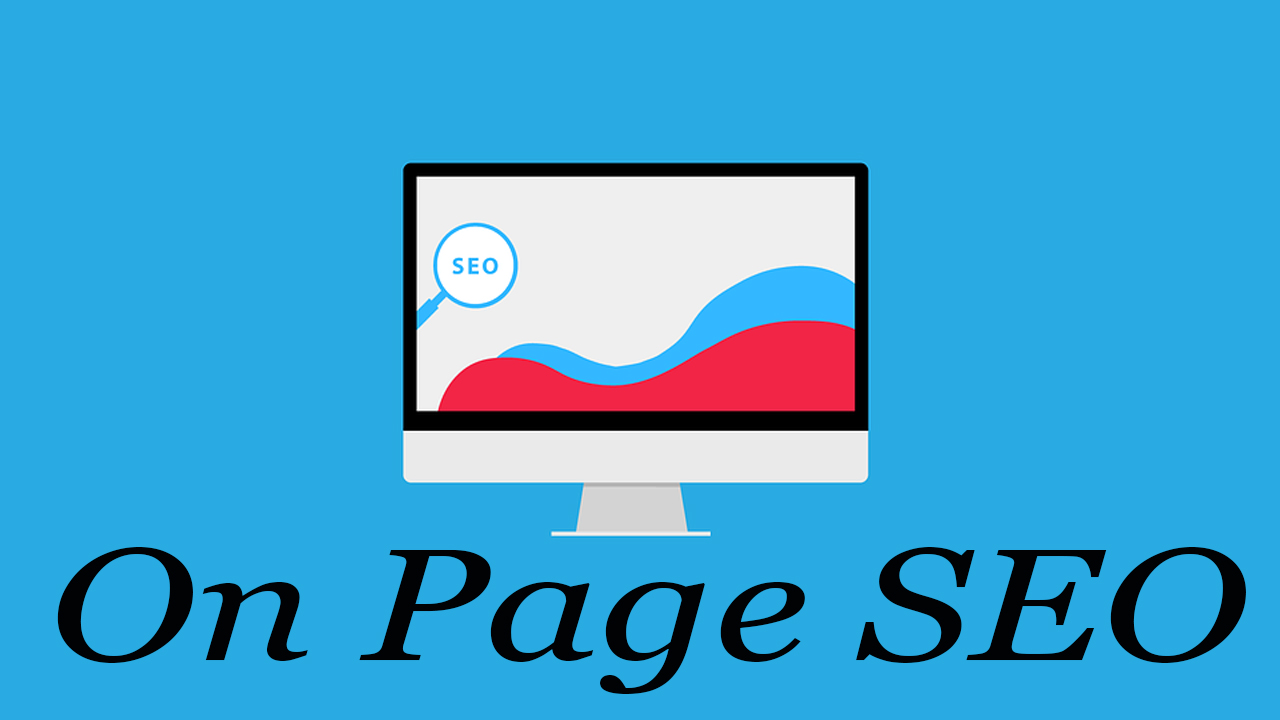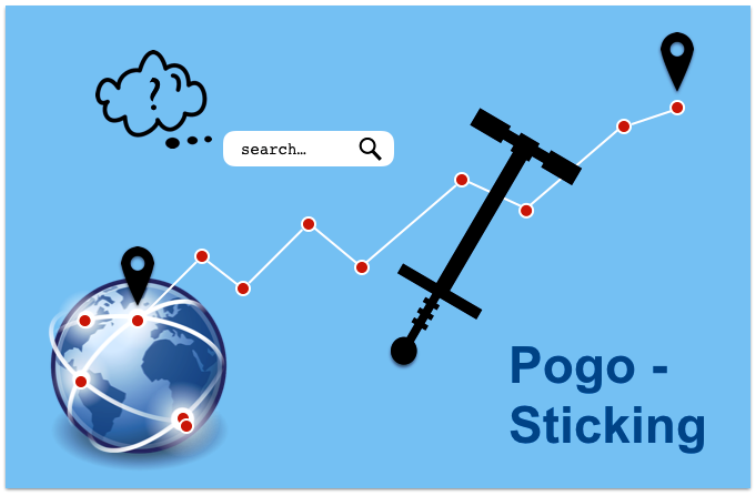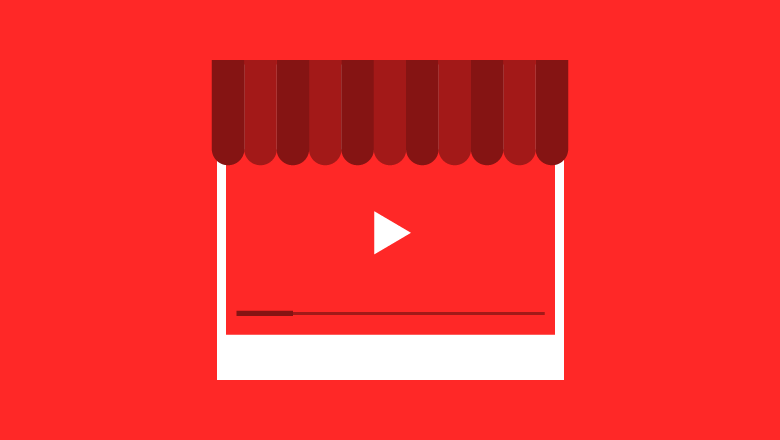Why Heading Tags are Important for On-page SEO

With the continuous evolution of numerous ranking algorithms, the parameters of ranking are changing consequently. Now there isn’t any single parameter that influences the ranking of a page on Google. Subsequently, parameters which were once considered as important are not so anymore, while numerous new factors have come into play to decide the ranking of a page on Google. Today, Google works on 200 Factors which influence the ranking of a website on this World’s No. 1 Search Engine.
Heading Tags are what are used to differentiate the heading from the main content. For the web designers or web coders, these are also called as HTML header tags or SEO header tags. The most important heading tag is the “h1” tag while the tag which holds the least importance is “h6”. These tags follow a top-down hierarchy and leaving any of the tags forms a structure which is not SEO friendly. What numerous people tend to focus is on the direct impact of the heading tags in the SEO, but they are unaware of the fact that the heading tags have more of indirect effects on the ranking.
Saying this, ‘Heading Tag’ is an important aspect of SEO. It helps the Search Engine know what the page is all about. However, over the time, the influence of heading tags in page optimization has reduced, but it still plays an important role if the industry experts are to be believed.
Why is Header Tag Important in SEO?
If we see practically, then header tags make your document physically appealing and easy to peruse. They provide a structure to your content and hence make it fit into any format or screen. Due to the structural view of the content, your page tends to rank higher in search results and thereby generates significant traffic.
Now, you must be getting a thought that there are numerous pages which do not have a structural layout but still rank higher in search engines. The answer to this question is that these pages already have a good traffic associated with them and might also have sufficient backlinks in them.
Don’t Miss: 10 Common SEO Mistakes Everyone Needs To Avoid

Now let us go through some advantages that Heading Tags provide you with concerning SEO:
1Increase Relevancy
While searching for information, the web spiders tend to move around and compare the keywords present in the Heading Tags. If a match is found, then the spiders tend to index that page into the search list. Hence, having a Heading Tag helps the web crawlers know whether the page is related to the information being searched. It tends to compare the Header Tag with the associated content to check for relevancy.
2Helps in Keywords Consistency
Although not a major part of SEO, but keywords consistency does help a little in page rankings. While crawling through the page, the web spiders tend to check for keywords’ consistency in the Header Tags as well as content associated with the headers.
3H1 tags are of utmost importance
The h1 tag is the most important of all tags amongst the header tags. This tag should never be skipped while creating a blog or page. As the title of the page, this tag also provides some description with regards to content. The web crawlers read this information to see what the page is all about.
4Increase User Experience
Now this is what all the search engines aim at providing the users. User Experience is of utmost importance and as mentioned above header tags tend to increase the same. With a structured layout the users can read and comprehend the content and thereby the bounce rate of the site is lowered, which results in an increased user experience.
5Humming Bird Perspective
An update to the Google algorithm, which is known as the Hummingbird update has been included. This update aims at seeing past keywords and realising the intent of user after doing a particular search. Therefore understanding the user’s mind and formulating an appropriate heading tag will help you increase your rankings. For example, you can think concerning users and formulate a question that the user might ask for. After this, include that question as your header tag and answer that question in the content body.
Don’t Miss: 7 Ways to increase your traffic
Practical Usages of SEO
- A properly structured document tends to help the user navigate quickly across numerous sections.
- It provides a quick overview of what the content is all about and hence the user can know if that is what he wants even before reading the entire content.
- As mentioned myriad times in this article, the intent of using a header tag is not to increase the SEO ranks but to focus more on the user experience and the structured view of the documents which ultimately makes your readers happy, and he gets converted into a frequent reader from a random visitor.
Never Perform These Mistakes While Including Header Tags
- Do not try and include unnecessary amounts of keywords in your heading tags. Make it precise and easy to understand. By this I mean that do not opt for Keyword Stuffing in your Heading Tags.
- Keeping in mind and avoid using more than one ‘H1’ tag on a single webpage, as this gives an impression that you are trying to include more keywords on a single page. Wherever required, try and divide your content into two separate pages with single heading tags. This appears to be more meaningful to the web spiders and the visitors.
- Try and not use any heading as a hidden text as these calls for a penalty on your page, and your page ranking might drop. This penalty may even rise if your hidden component tends to affect SEO.
- Try and avoid any repeated heading on your entire blog or website. This is a good practice to have different uniquely structured heading tags on your website.
- Never write similar content both under the h1 tag and the meta-description tag.





